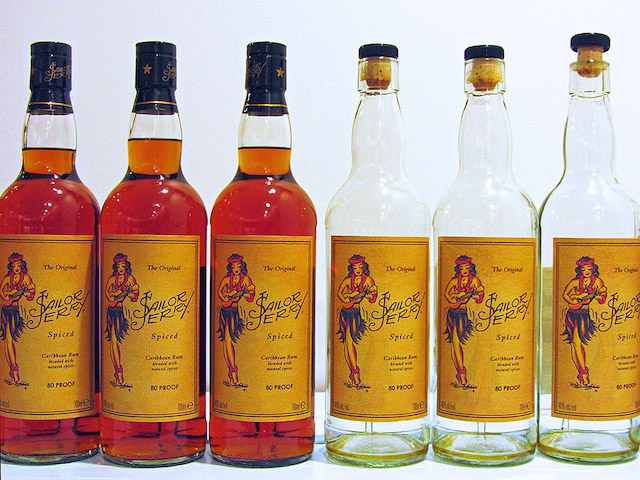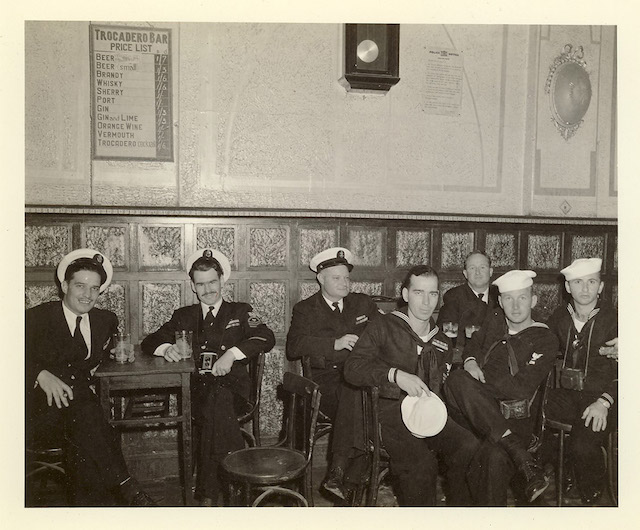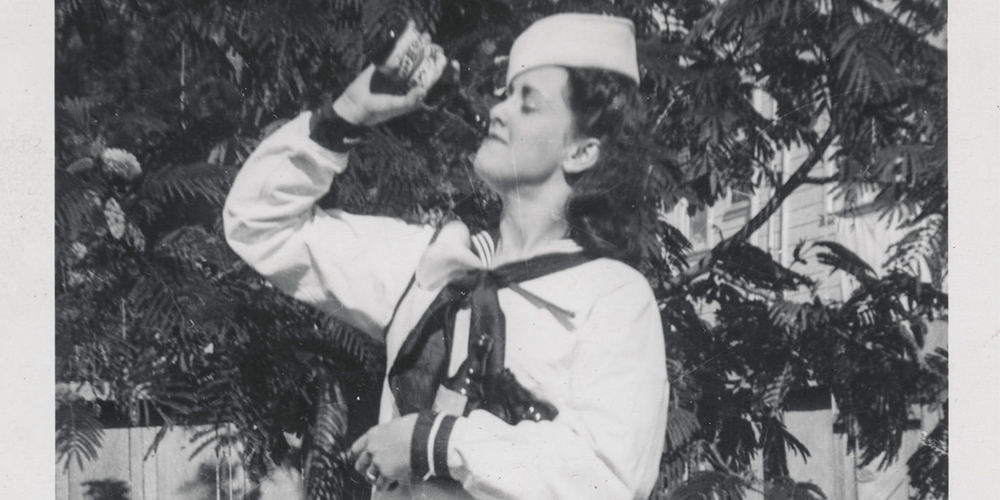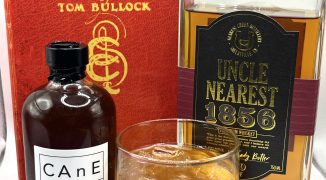Hundreds of years before the Old Fashioned, sailors were swigging concoctions that would shape the cocktail scene for generations to come. Everything from the gin and tonic to tiki drinks like the flaming skull punch owe their existence to the seafaring men of yore.rn
Christopher Columbus introduced sugar cane to the Caribbean in 1493, but it wasn’t until the 1600s that Europe’s sweet tooth fueled a sugar boom. A byproduct of sugar production, molasses was treated like industrial waste. That is, until someone figured out how to distill it into rum. Sailors guzzled the liquor to deal with the tedium of the sea. The rum was often poor quality, so sailors had to get creative.rn
“Everything [about spiced rum] from the proof to the spices were innovated by sailors,” says Ashley Marsh, brand ambassador for Sailor Jerry Spiced Rum. “When the sailors were handed high proof rum on their ships, they had two options to enhance the taste: add spices from the kitchen or barrel age it. With a lack of time, they opted to spice it.”
 We have sailors to thank for the invention of spiced rum. They were given high-proof rum and used spices from the ship’s kitchens to improve the taste. Photo via Flickr/Newtown Graffiti
We have sailors to thank for the invention of spiced rum. They were given high-proof rum and used spices from the ship’s kitchens to improve the taste. Photo via Flickr/Newtown Graffiti
As rum’s popularity in Europe and the colonies grew, less of it was available for sailors to down at will. One British Naval officer’s practical way of dealing with the problem still influences bar menus centuries later.
“In 1740, Admiral Vernon reduced the rum ration and told sailors they could enjoy it with sugar and lime,” says Martin Cate, co-owner of Smuggler’s Cove in San Francisco and co-author of “Smuggler’s Cove: Exotic Cocktails, Rum, and the Cult of Tiki.” “He was reinforcing what many by then already knew to be true: that rum, lime and sugar are best friends …”
Known as grog, Vernon’s punch-like concoction became a Navy staple that did more than make sailors happy. It kept them alive, as vitamin C from lime juice prevented scurvy. Soon the idea spread beyond the boat.
“Punch is the classic example of a drink that began on the high seas then grew legs and moved inland,” says Wayne Curtis, author of “And a Bottle of Rum: A History of the New World in 10 Cocktails.” Punch “was among the first viral drinks — the concept of it spread as sailors returned to Europe, and when in France they made punch with brandy, with gin in Holland and England, and finally with rum when the British navy crossed the seas to contest islands in the West Indies.”
In the American colonies, a more elaborate take on punch became a seaside staple. A private men’s club in Philadelphia created fish house punch in the early 1700s, arguably cementing the link between seafood and grog. Hundreds of years later, punch-like concoctions are inextricably tied to coastal culture.
The Tiki movement of the 1930s may have borrowed its aesthetic from Polynesia, but the drinks themselves owe a lot to Caribbean plantations and the British Navy. The planter’s punch mixed at sugar plantations inspired grog and later sparked the creation of the zombie, the Singapore sling, the rum swizzle and many others. Today’s Tiki renaissance still depends on the groundwork laid by drunken sailors.
Another nautical necessity turned cocktail came after punch made its mark. By the 1800s, the Brits were aware of a sailor’s need for citrus. But trading in India exposed sailors to malaria. Cinchona bark — and its active ingredient, quinine — was a way to stave off disease. Since quinine was bitter, they mixed it with seltzer and sugar, creating something similar to today’s tonic water. Add in lime to fight scurvy and gin to fight boredom with the sea, and you have the predecessor to gin and tonic.
 Sailors taught us more about drinking than just how to make a punch or a good G&T; they also showed us that nothing brightens a day more than a drink with friends! Photo via Flickr/Ed.
Sailors taught us more about drinking than just how to make a punch or a good G&T; they also showed us that nothing brightens a day more than a drink with friends! Photo via Flickr/Ed.
Old-style sailor drinks have lasted because they can bend and adapt to modern trends. Whether a coastal bar is looking to make a “farm-to-glass” creation, a cocktail that pairs with a meal or an umbrella drink, sailor formulas can still inspire.
The grog and punch formula “is a great base because everything can be changed out to update, modern and keep the coast in mind,” says Matthew Biancaniello, chef, TV host and author of “Eat Your Drink.” “Try to think about infusing the alcohol with something from the coast, updating the syrup with a local herb, juicing a seasonal fruit and cooking a spice into it.”
As an example of a very modern take on grog, Biancaniello suggests a fresh seaweed infused tequila with lemon, wild sage infused honey syrup and star anise infused paige mandarin juice. Even the standard gin and tonic can get a seaside reboot.
“I think using creative ways to make layered gin and tonic drinks with interesting garnishes and produce and also using elements of the sea marry it together,” he says, suggesting ingredients such as sea urchin, oysters and bonito flakes.
For a simpler and more traditional variation on grog, Marsh looks to tropical fruits.
“Adding fruit juices like pineapple or guava to enhance the flavors of your rum is always a great way to innovative off of the classic sailor grog,” she says. “Grilling the fruit for your sailor grog takes the classic cocktail to another level and provides an extra layer of complexity to an otherwise simple cocktail.”
Cate believes that sailors have taught us more about drinking than just how to make a punch or a good G&T.
“With each pipe of the bosun’s whistle, sailors would take their daily tot and allow it’s warming qualities to fill their bellies and hearts with contentment and a renewed vigor for the arduous tasks that lay ahead,” he says. “To them, we owe the belief that a daily snort can make any day just a bit brighter!”





